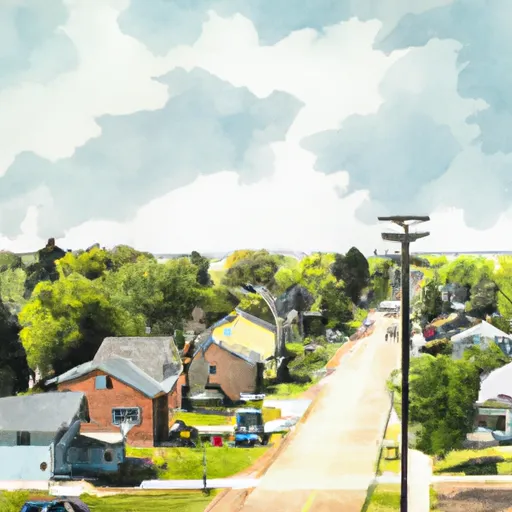°F
°F
mph
Windspeed
%
Humidity











Little-Cedar, Iowa is a small town located in Mitchell County. It experiences a humid continental climate, characterized by hot summers and cold winters. The average high temperature in summer is around 85°F (29°C), while winters see average lows of 13°F (-11°C). Precipitation is evenly distributed throughout the year, with an average annual rainfall of 34 inches (86 cm) and around 30 inches (76 cm) of snowfall in winter.
The town is situated near the Little Cedar River, a tributary of the Cedar River. The river provides a valuable water resource for the community and supports various hydrology constituents. Little-Cedar benefits from the river's water for agricultural purposes, as well as recreational activities such as fishing and canoeing. The river is home to various fish species, including smallmouth bass and channel catfish, attracting anglers from the area.
Outdoor recreation opportunities in Little-Cedar include exploring the nearby parks and natural areas. Residents and visitors can enjoy hiking, camping, and nature trails in Mitchell County Conservation Board's parks like Cedar Valley Nature Trail and Cedar View Park. Additionally, the river offers opportunities for boating and swimming during the summer months. Little-Cedar, Iowa may be small, but it offers a range of outdoor activities for nature enthusiasts and those seeking recreational adventures.
Weather Forecast
Little-Cedar receives approximately 885mm of rain per year, with humidity levels near 81% and air temperatures averaging around 8°C. Little-Cedar has a plant hardyness factor of 5, meaning plants and agriculture in this region thrive during a short period during spring and early summer. Most plants will die off during the colder winter months.
Regional Streamflow Levels
63
Cubic Feet Per Second
4
Cubic Feet Per Second
45
Cubic Feet Per Second
5
Cubic Feet Per Second
Nearby Camping
| Camping Area | Reservations | Toilets | Showers |
|---|---|---|---|
| Stump Island Park | |||
| Thousand Hills State Park | |||
| Pilot Grove City Park | |||
| Lake Wapello State Park | |||
| Katy Roundhouse Campground | |||
| Salisbury City Park |



